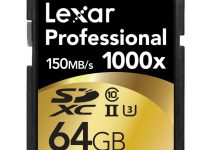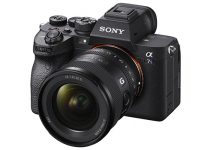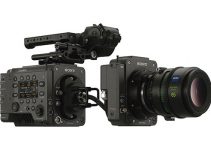At NAB 2014, Blackmagic Design as usual announced not one, but two new cameras to their professional camera line-up – the 4K URSA and the Studio Camera (4K and HD version). They have been continuously cranking out cameras at the rate of their mini converters, and I am guessing by NAB 2018, they’d probably add 10 more cameras. Seriously, they have 5 cameras for the last 2 years!
Shrouded in a futuristic and slick body designed like something out of “The Dark Knight”, the 4K capable URSA made headlines as the “World’s 1st user-upgradeable 4K Camera” last April in Las Vegas.
The Blackmagic Design URSA will be available in 4 versions (all capable of UHD at 3840 x 2160):
– an EF version (Super35mm sensor UHD only, no DCI 4K)
– a B4 mount broadcast version (Sensor optimised for Broadcast video – 13.056mm x 7.344mm, with Built-in NDs)
– a PL version (same camera as the EF version, but just with a PL mount in front)
– an HDMI version where it basically acts as an external recorder to your existing DSLR.
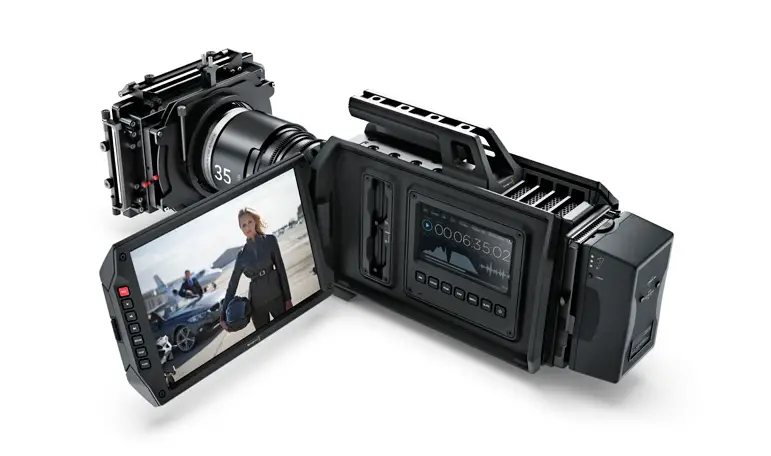
The 4K URSA also boasts a “user-upgradeable” 4K sensor, 12 stops Dynamic Range, 12-bit raw, a Super 35 CMOS sensor, a ridiculously large, 10 inch flip-out screen (the size of an iPad), two additional 5 inch on-board monitors, some humongous audio meters and the girth and weight of a BetaCam.
An absolute heavyweight, tipping the scales at 7.4 KG’s (body only), the URSA will definitely save you some gym money, as hand-holding this monster would be the equivalent of a high-intensity session, when you factor it the weight of a V-lock battery and a zoom lens, the URSA will clock in at around 10 KG’s at minimum. (Note: “Ursa” means “she-bear” or “female bear” in Portuguese!)
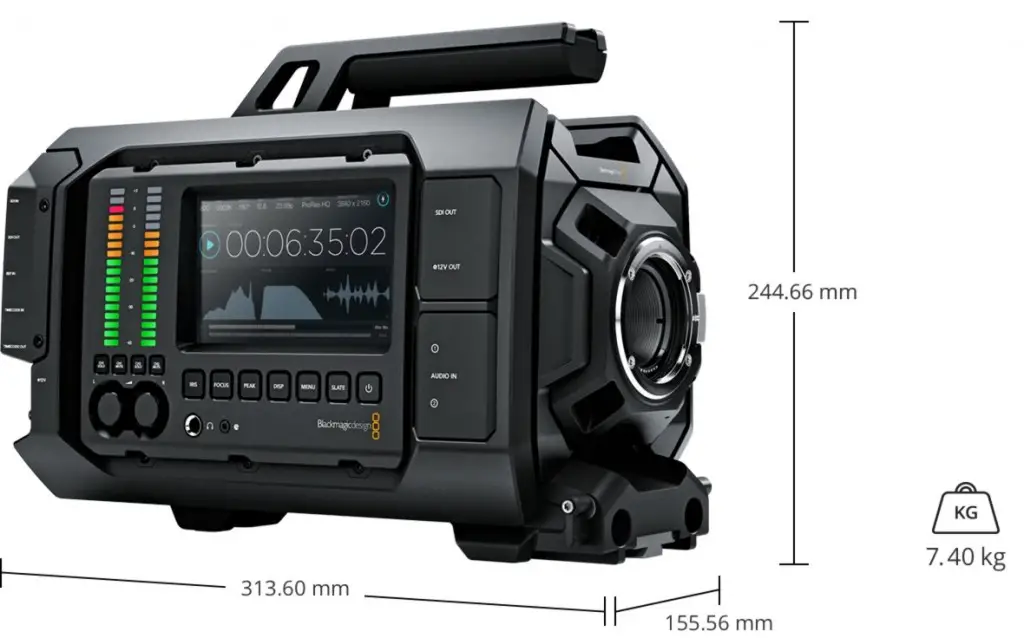
And as usual, BMD have not released any official footage or even prototype footage from the camera(s). We’re not surprised as they did this with the 4K BMPC, and they are probably still fine tuning the internals, colour science and calibrating the sensor. My guess is that we won’t see any images from the camera until release, which should be next month – July 2014, as promised (again) by BMD.
The funny thing is, that no one really takes their shipping dates seriously anymore after the infamous Pocket Camera and 4K shipping debacle, where cameras were delayed by months and months, due to “unforeseen” circumstances and productions quality issues with sensors. Here is a good point to mention that BlackMagic Design do not develop their sensors “in-house”. Instead, they use “off-the-shelf” sensors such as the CMOSIS “CMV 12000” (quite possibly) the sensor inside the 4K BMPC and URSA cameras. This has not been confirmed by BlackMagic Design themselves.
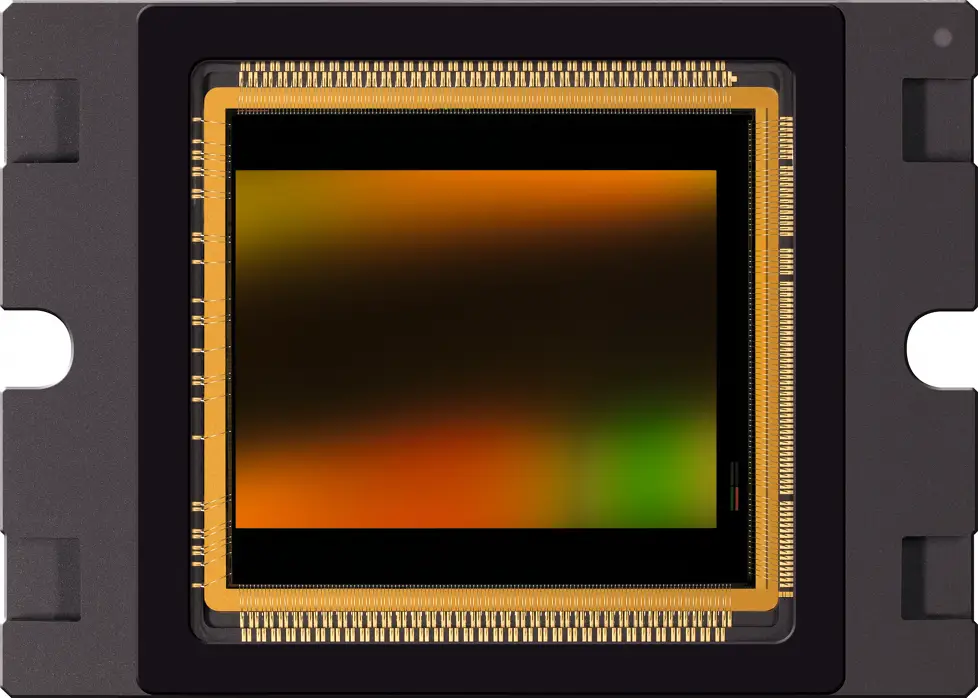
Using ready-made sensors in bulk decreases manufacturing costs and times, and of course is much less expensive and time-consuming then designing the heart of the camera in-house. This is something the folks at RED learned way back in 2006 and 2007, and probably still are. It is extremely expensive and difficult to develop your own sensor, hence why only large companies like Sony and Panasonic, or Canon do it themselves, as they have the resources, both financial and the engineering prowess.There some very smart people working at smaller companies like RED and Blackmagic Design, however in order for BMD to keep the cost of their cameras down, the’ve decided to go with third-party sensor.
Not much beyond the specs is known at the moment of the URSA, except from what BMD discussed with visitors at their booth at NAB 2014. Here are some videos, which may shed some light on what to expect from the camera.
PVC at NAB 2014 – Blackmagic’s URSA from ProVideo Coalition on Vimeo.
The three main points we learned from the video above about the new URSA EF/PL are:
1. Interchangeable Sensor/Mount housing – can be changed by the user, however, not advised to be done often due to thermal contacts and possibility of them wearing out.
2. Internal (water) Cooling System makes 4K (UHD) at 60p possible – finally, we have higher frame rates for slow motion. Still at 60p max, but it’s better than nothing.
3. CFast 2.0 recording media – oouch! The new CFast 2.0 cards are optimise for video use, are more compact and stable than SSD’s, but they cost an arm and a leg at the moment – about $1,200 for a 120G card! It won’t be long before they become more popular and adopted by different camera systems (the new ARRI AMIRA uses CFast 2.0, and the new Atomos Ninja Star recorder uses CFast 1.0 cards – much cheaper) and drop in price.
Could the URSA became a prominent addition to professional production sets? The images from the camera will be deciding factor, however the camera does possess the professional features required for the rigours of film/TV production. Let’s just hope they deliver on time.
Disclaimer: As an Amazon Associate partner and participant in B&H and Adorama Affiliate programmes, we earn a small comission from each purchase made through the affiliate links listed above at no additional cost to you.
Claim your copy of DAVINCI RESOLVE - SIMPLIFIED COURSE with 50% off! Get Instant Access!



